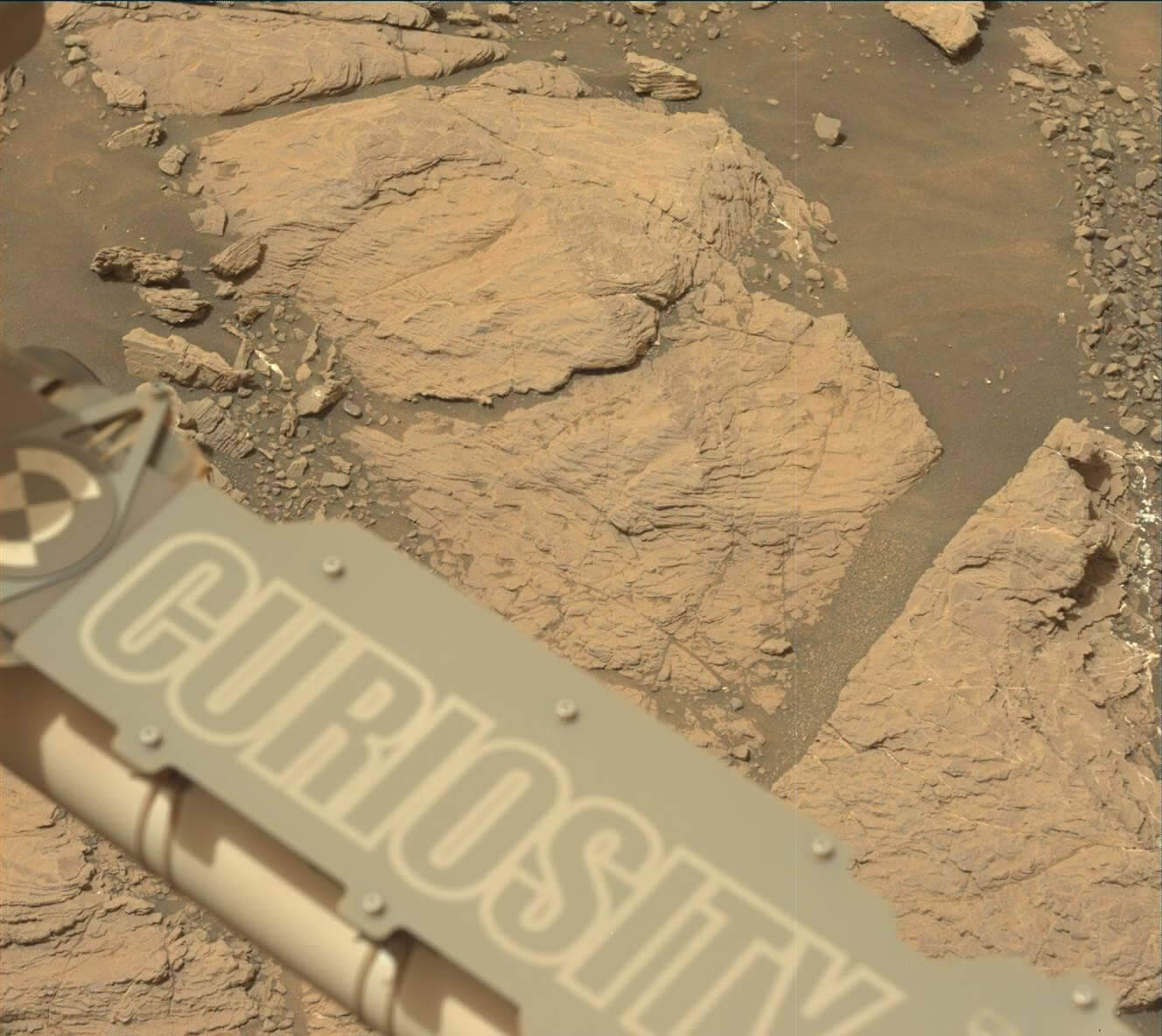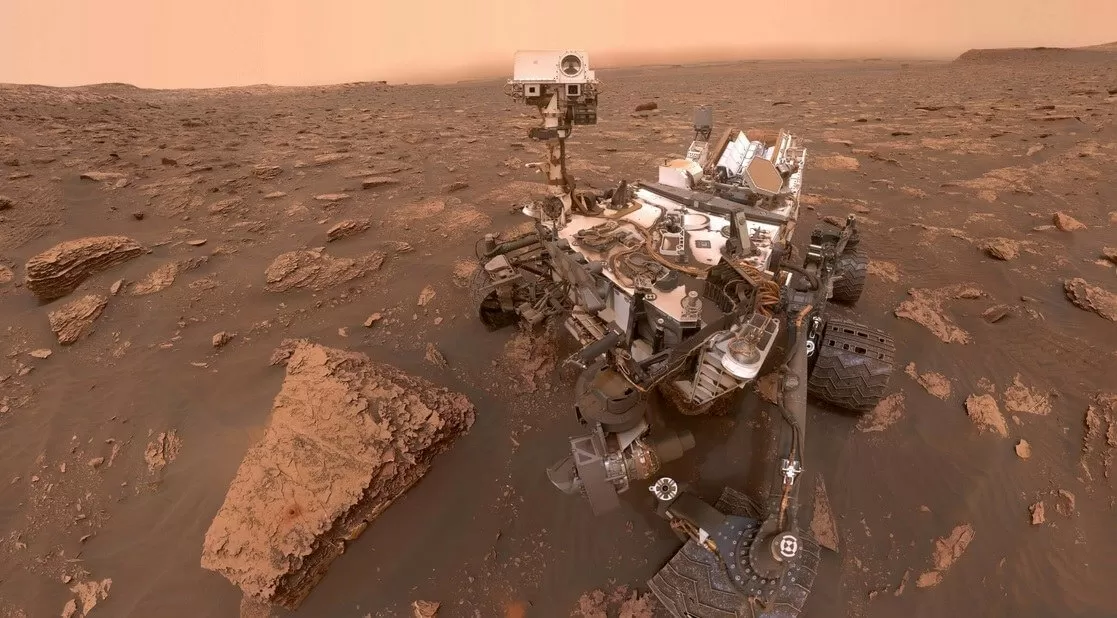In context: Less than two weeks ago NASA's Opportunity rover on Mars was declared 'dead', leaving Curiosity as NASA's only functioning rover left on the red planet. But a mysterious problem booting up this week has led NASA to suspend science activities for the moment.
The internet mourned in early February as NASA confirmed that their Opportunity rover - affectionately known as Oppy - was no longer functioning, and the mission was declared over after an astonishingly successful 14 years on Mars.
All eyes turned to Curiosity, NASA's only remaining rover on Mars, for hopes of continued exploration of our red neighbor. But this week NASA had to pause Curiosity's scientific work as they try to determine what caused a mysterious 'hiccup' during boot-up.
In a statement from the Jet Propulsion Laboratory (JPL), NASA confirmed that Curiosity "encountered a hurdle" that "triggered a protective safe mode." The problem was short lived, as the JPL team were able to bring the rover out of safe mode and successfully reboot the rover over 30 times since. But given the fate of Opportunity, NASA are being understandably cautious about their next moves with Curiosity.
Speaking about the failed boot-up, Steven Lee, deputy project manager for the Curiosity team, said, "we're still not sure of its cause and are gathering the relevant data for analysis."

Lee went on to confirm that they are pausing all scientific work until they can understand what went wrong. He said, "in the short term we are limiting commands to the vehicle to minimize changes to its memory. We don't want to destroy any evidence of what might have caused the computer reset."
While the team are eager to continue working towards new discoveries - including taking samples from an intriguing potential drill-site nearby - if NASA wants Curiosity to last anywhere near as long as Opportunity did, they need to be meticulous in solving every problem they encounter.
The rover has been gathering data and trundling around Mars at a blistering pace of 0.09 mph (roughly 4 centimeters per second) for the last seven years. Here's hoping that NASA's troubleshooting can help deliver seven more.
